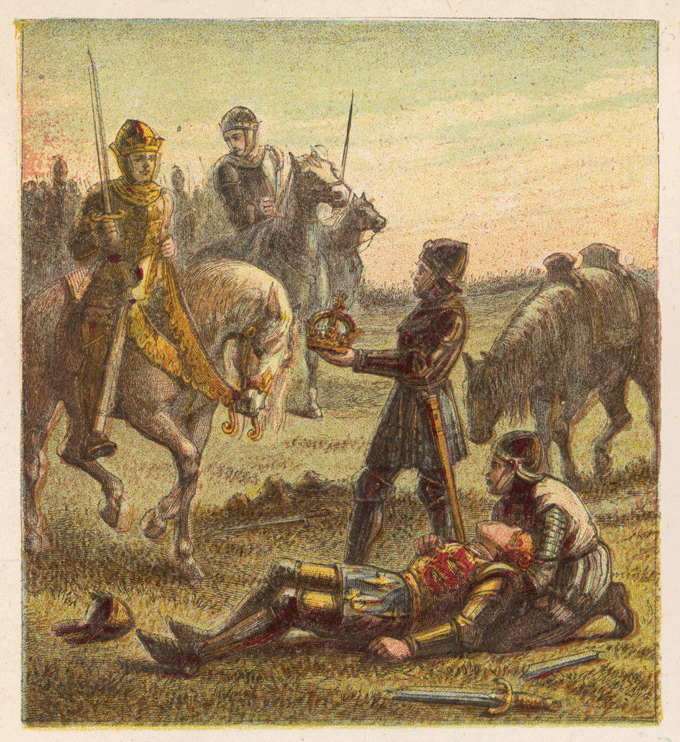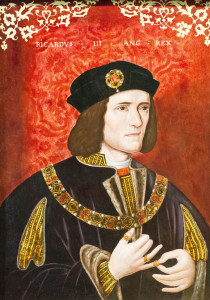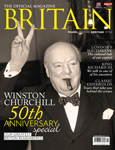As Leicester Cathedral gears up for the reinterment of King Richard III’s body, we look at the history of one of England’s most reviled kings, the reburial debate, and outline the timetable of events next month.

In 2012 the skeleton of King Richard III, the last of the Plantagenet kings, was discovered under a car park in Leicester – one of the biggest archaeological finds of modern times.
In August of that year experts had set out to locate his remains by searching for the site of the former Greyfriars Church where Richard’s body had been hastily buried without pomp in 1485. Incredibly, in September, the excavators found a human skeleton beneath the Church’s choir. Then on 4 February 2013, after much careful analysis, the University announced to the world’s press that these were the remains of King Richard III and the long and drawn out debate on where he should be buried began.
The battle over Richard’s body
The ensuing battle over Richard III’s remains developed into a drama of Shakespearean proportions. A petition, set up by the Plantagenet Alliance and calling for a parliamentary debate on the final resting place of the reviled monarch, garnered 31,276 signatures in 2013, and even now the issue continues to be a divisive one.
The licence to carry out the dig, conducted by archaeologists from the University of Leicester, was issued by the Ministry of Justice and gave the University of Leicester the authority to decide where to rebury the king. But descendants of the House of York rose up in outcry, calling this a childish ‘finders-keepers’ agreement and writing an open letter demanding that his remains be buried in York.
After a lengthy debate, in May 2014 the High Court ruled that Richard III’s body should be reinterred in Leicester Cathedral and plans are now well underway for events to mark his reinterment, which will begin on 22 March 2015.

The history
King Richard III was King of England from 1483 until his death in 1485 in the Battle of Bosworth Field. He was the last king of the House of York and the last of the Plantagenet dynasty, but his accession was shrouded in darkness.
As Lord Protector of the Realm, following the death his brother King Edward IV, Richard was responsible for his 12-year-old nephew King Edward V and his younger brother, Richard of York, aged nine. However, Richard soon manoeuvred himself onto the throne and more or less immediately after his coronation, the two young princes disappeared from the Tower of London.
Though the mystery has never been solved, Richard’s name was blackened by his assumed guilt in ordering the murder of the Princes in the Tower; this blight on his character was not helped by Shakespeare’s depiction of Richard III as an evil hook-nosed hunchback in his eponymous play.
Following a short reign of unrest, including two major rebellions, Richard and the Royal army met the forces of Henry Tudor in the Battle of Bosworth Field. At this, the last decisive battle of the Wars of the Roses, Richard was killed, making him the last English king to die in battle on home soil. After the battle, his body, stripped and slung across a horse’s back, was carried back to Leicester, where, on King Henry VII’s instructions, it was exposed to the public gaze so that all might know for certain that Richard was dead.
Richard III’s reinterment
The reinterment of the last Plantagenet King will be a hugely significant historical event. Below is the timetable of planned events:
Sunday, March 22
A procession around Leicester will culminate in evening worship in Leicester Cathedral.
Monday 23-Wednesday 25 March
The remains of King Richard III will lie in repose in Leicester Cathedral. The public is welcome to pray and pay their respects during scheduled hours.
Thursday 26 March
The remains of Richard III will be reinterred in Leicester Cathedral, with an invited congregation and in the presence of the Most Rt. Revd. Justin Welby, Archbishop of Canterbury, senior clergy, and representatives of the World Faiths.
Friday 27 March
People from across the city of Leicester and the county of Leicestershire will be invited to gather in the Cathedral to see the tomb revealed.
For further information and latest updates please visit the Leicester Cathedral website.
We speak to one of King Richard III’s descendants in the March/April 2015 issue of BRITAIN magazine (May 2015 issue in the US).
Related articlesVIDEO: How King Richard III was killed |
Click here to subscribe! |
Download BRITAIN Magazine to your mobile today

 No mobile device? Purchase directly on Zinio for your desktop!
No mobile device? Purchase directly on Zinio for your desktop!





 © 2024
© 2024